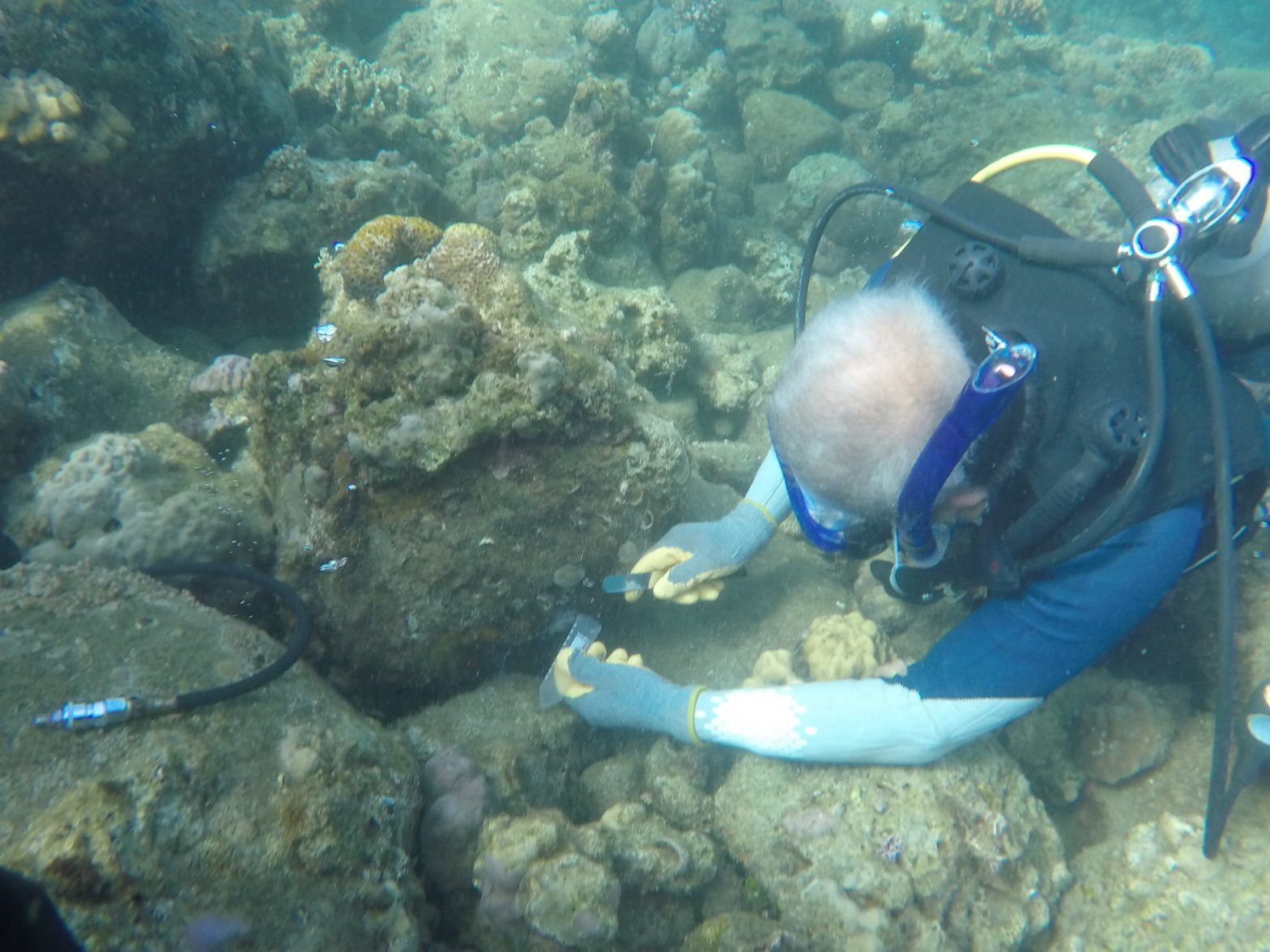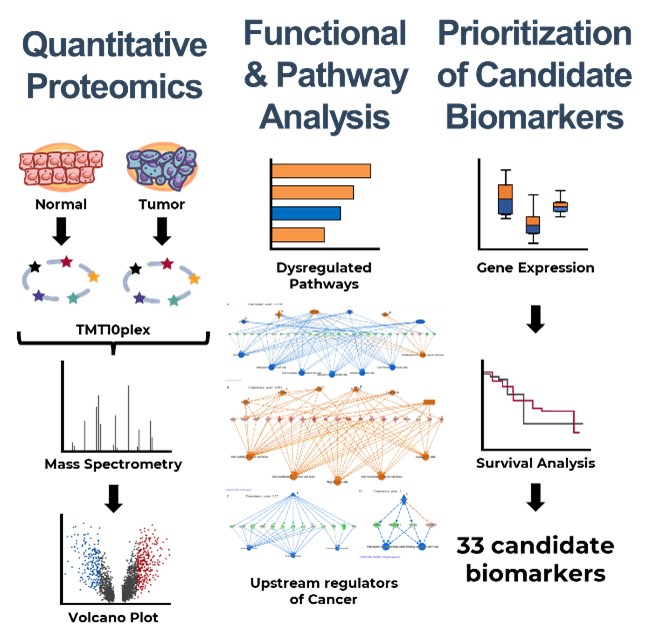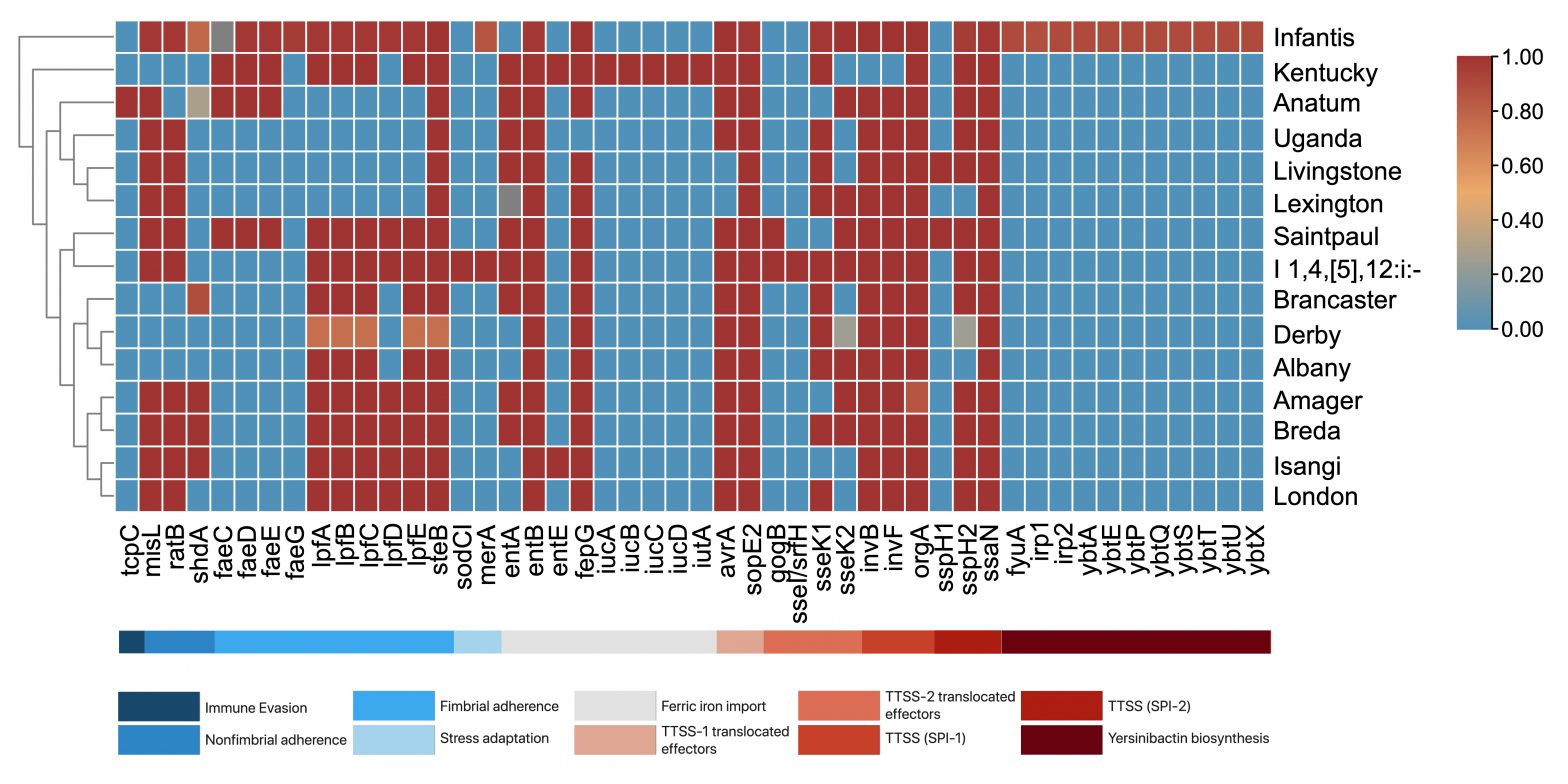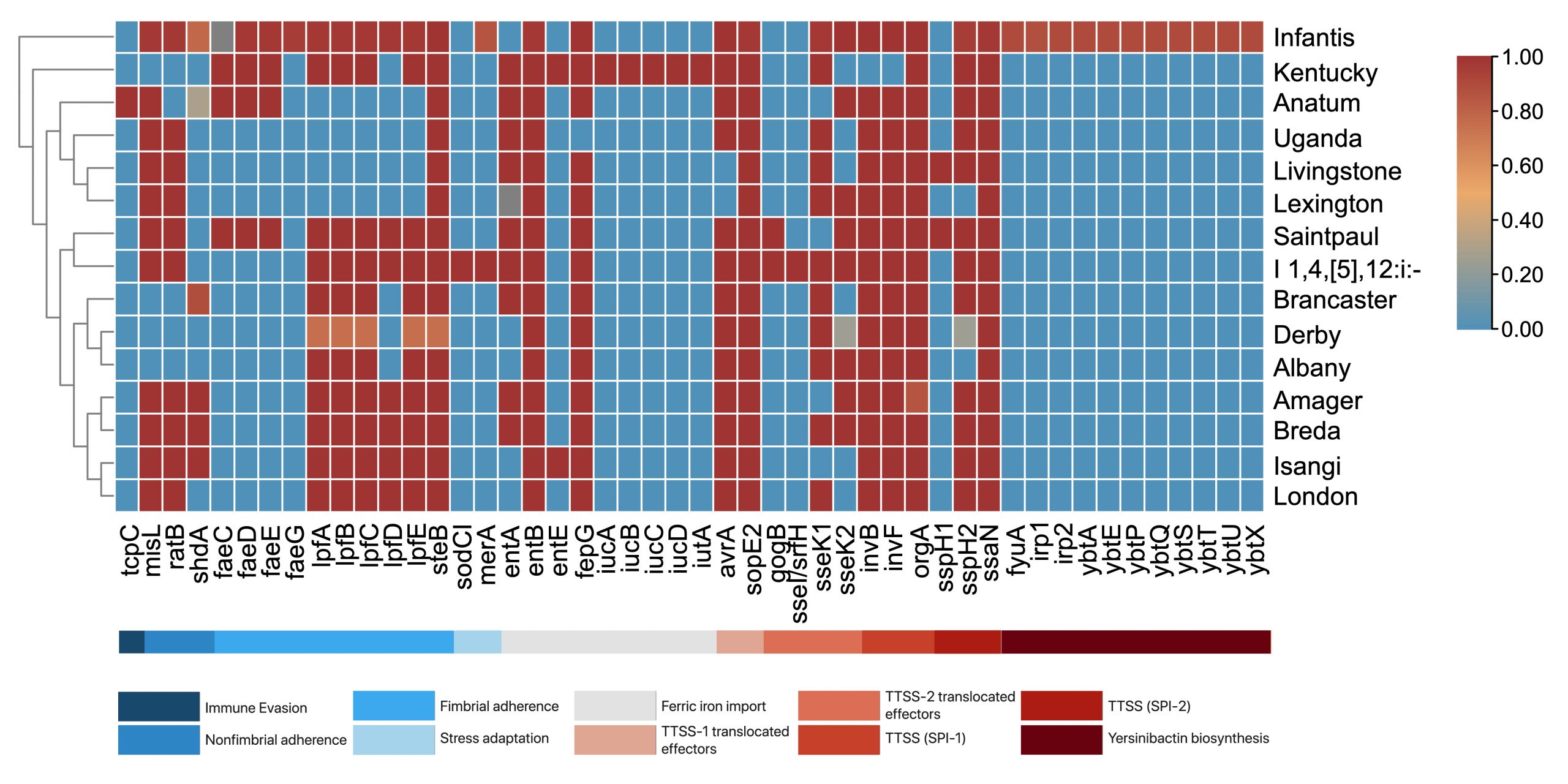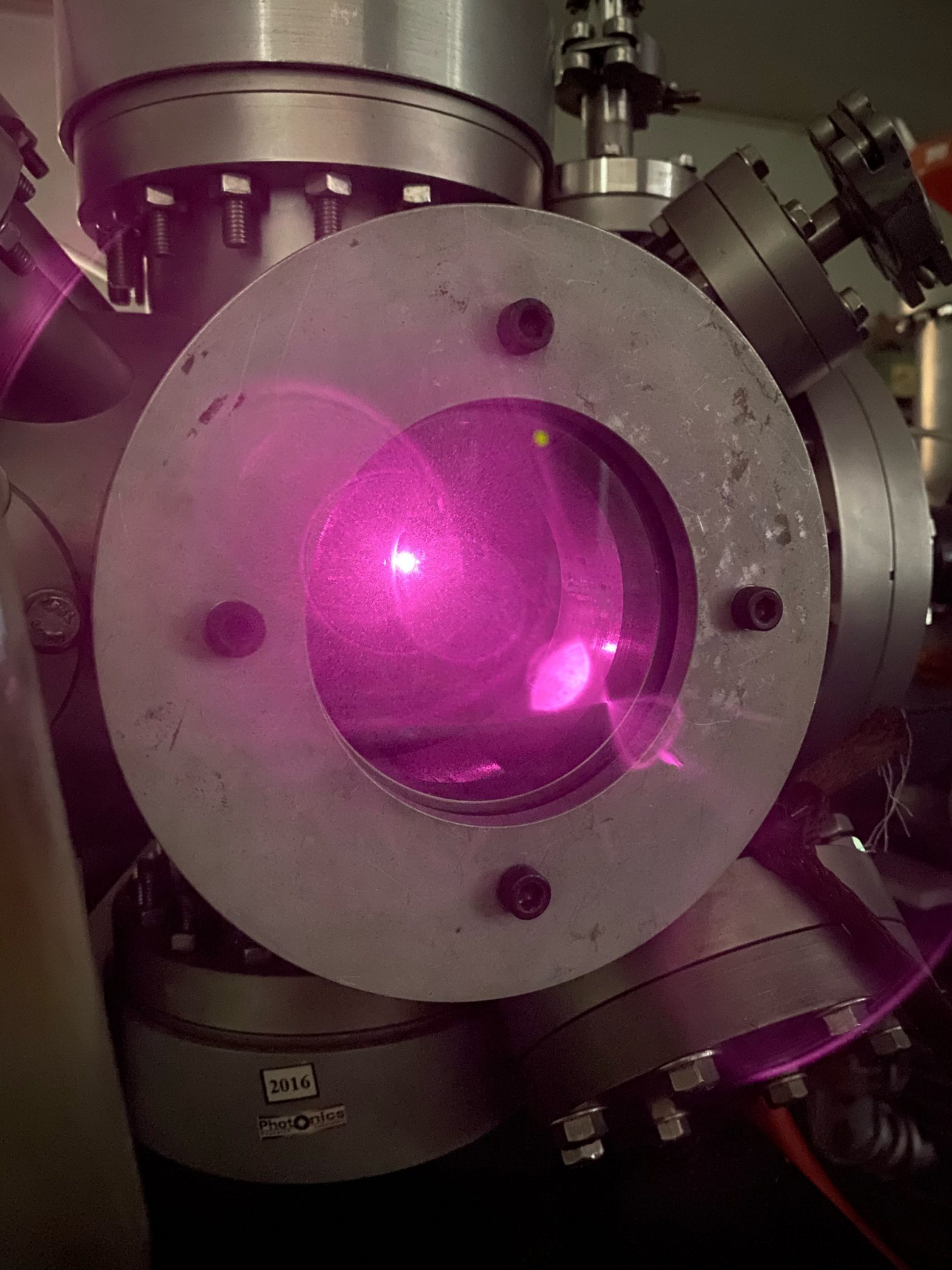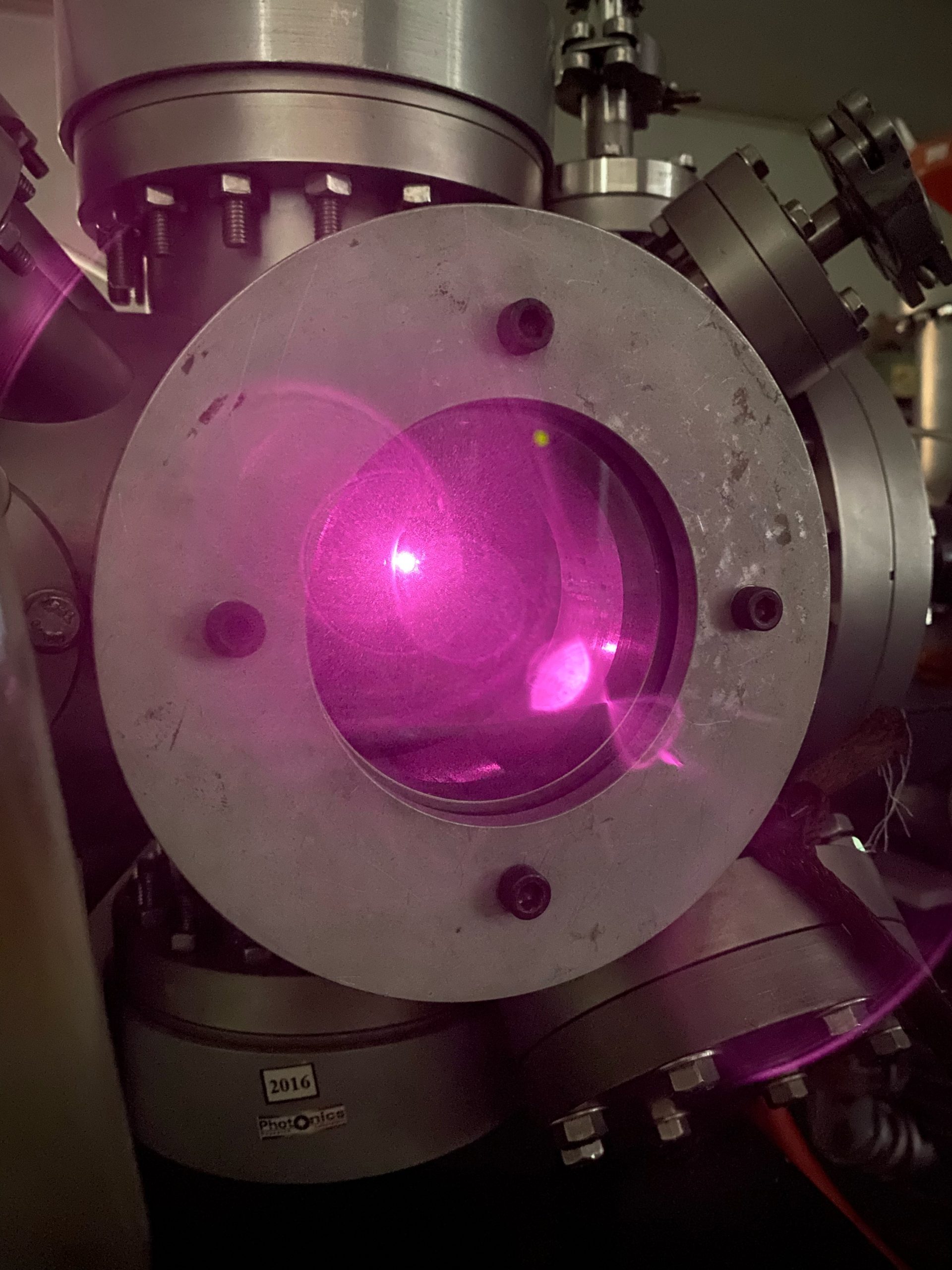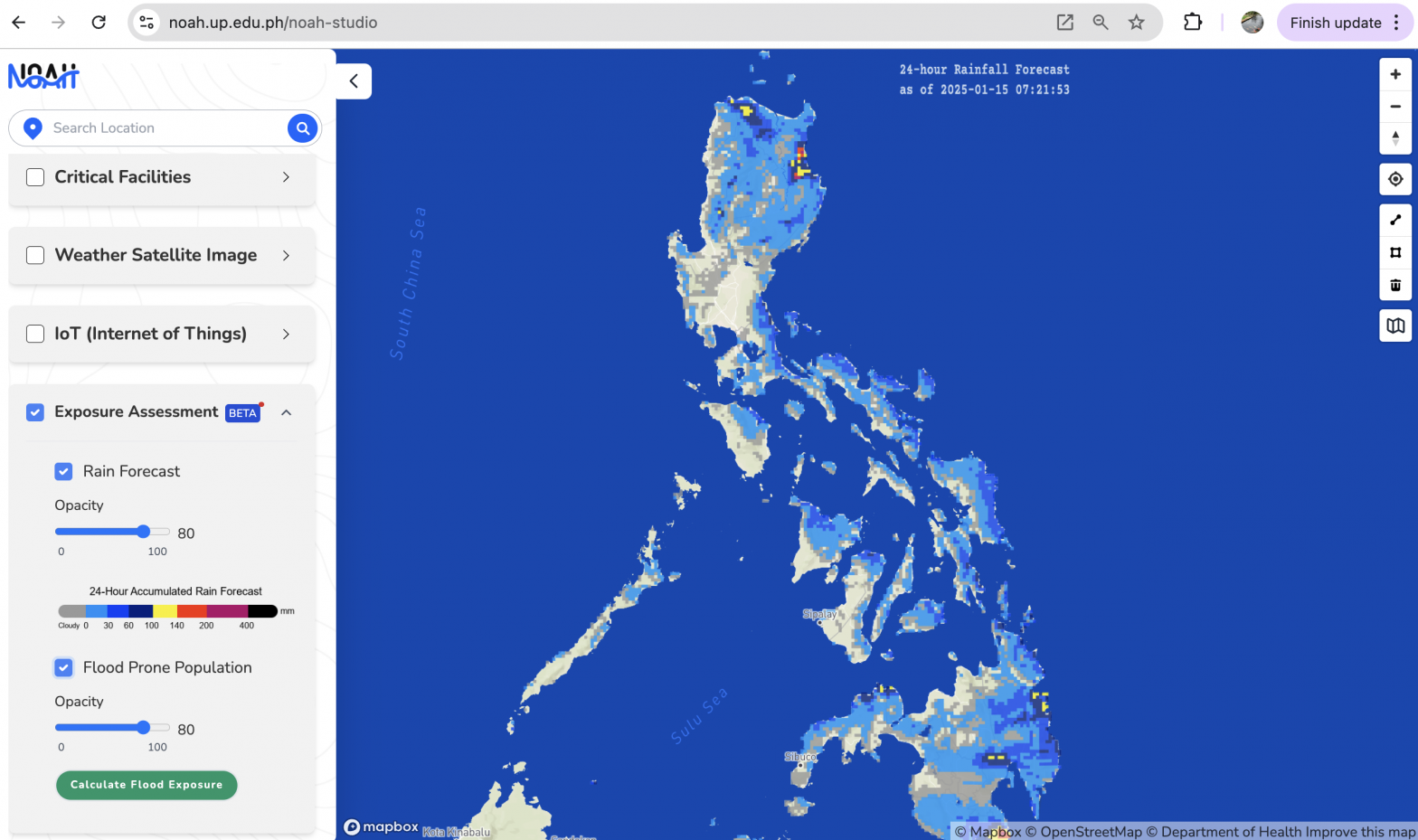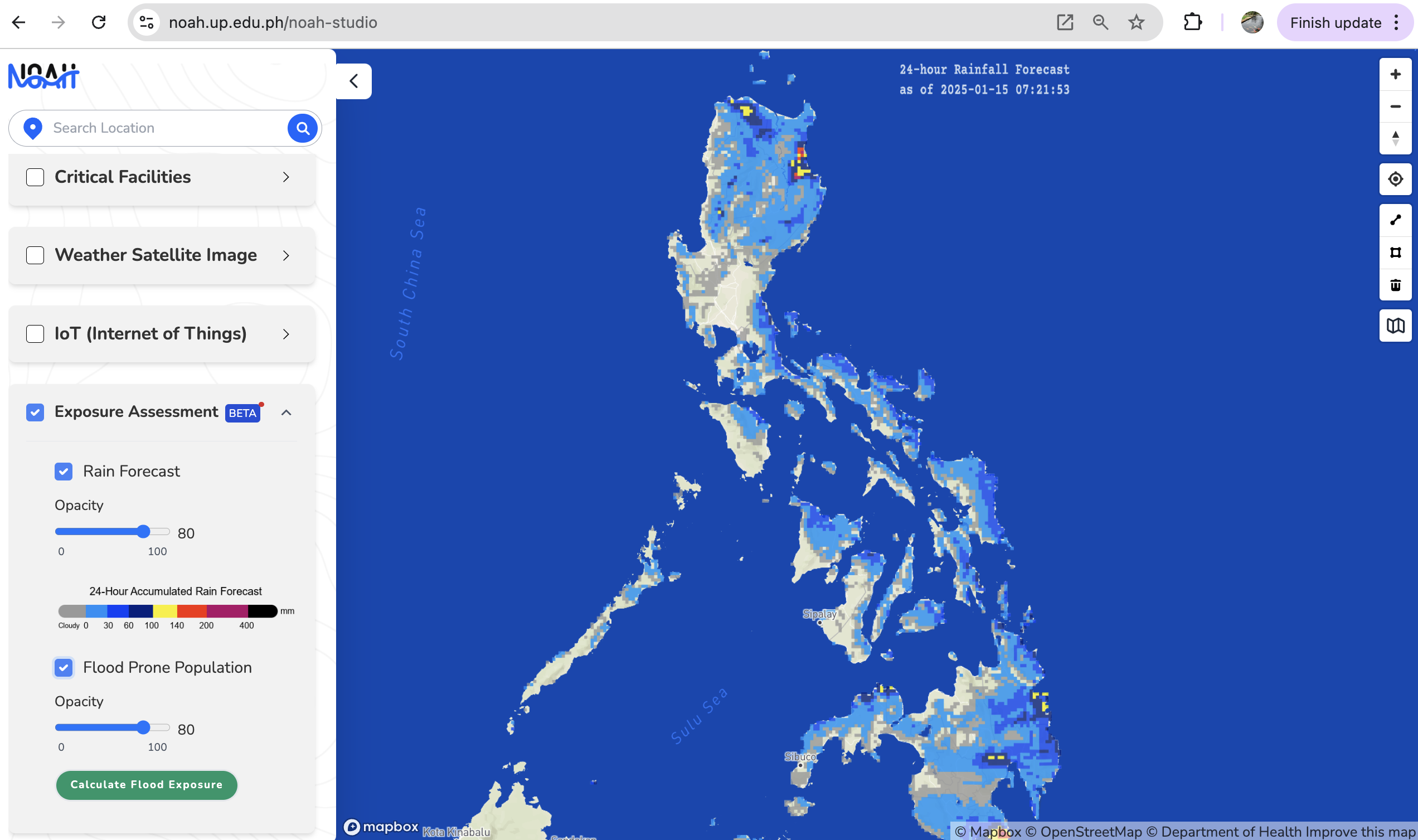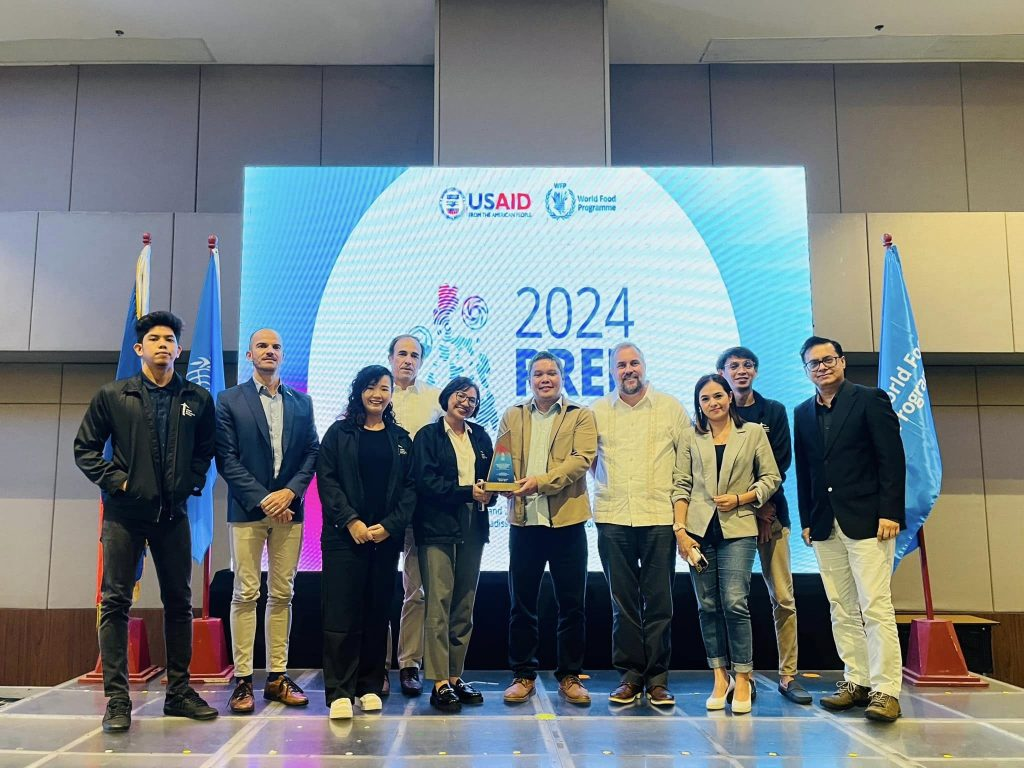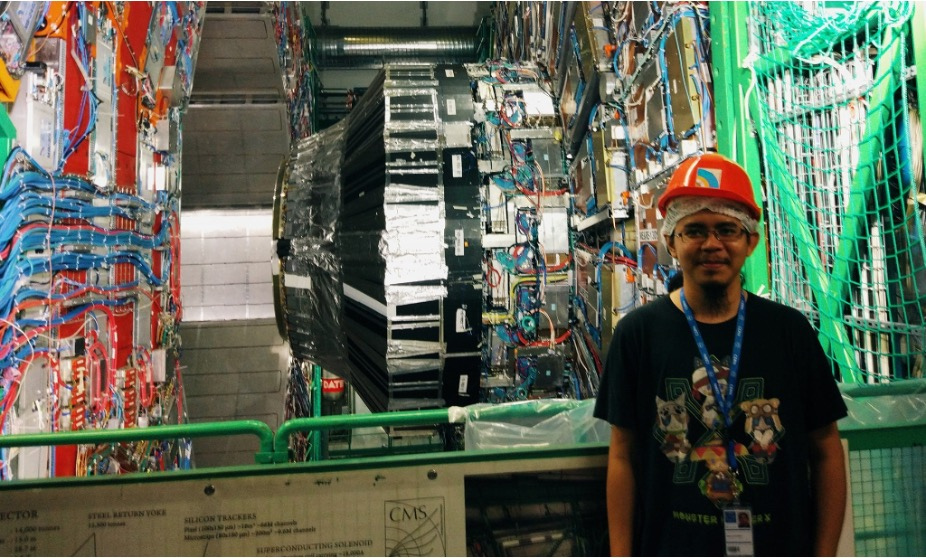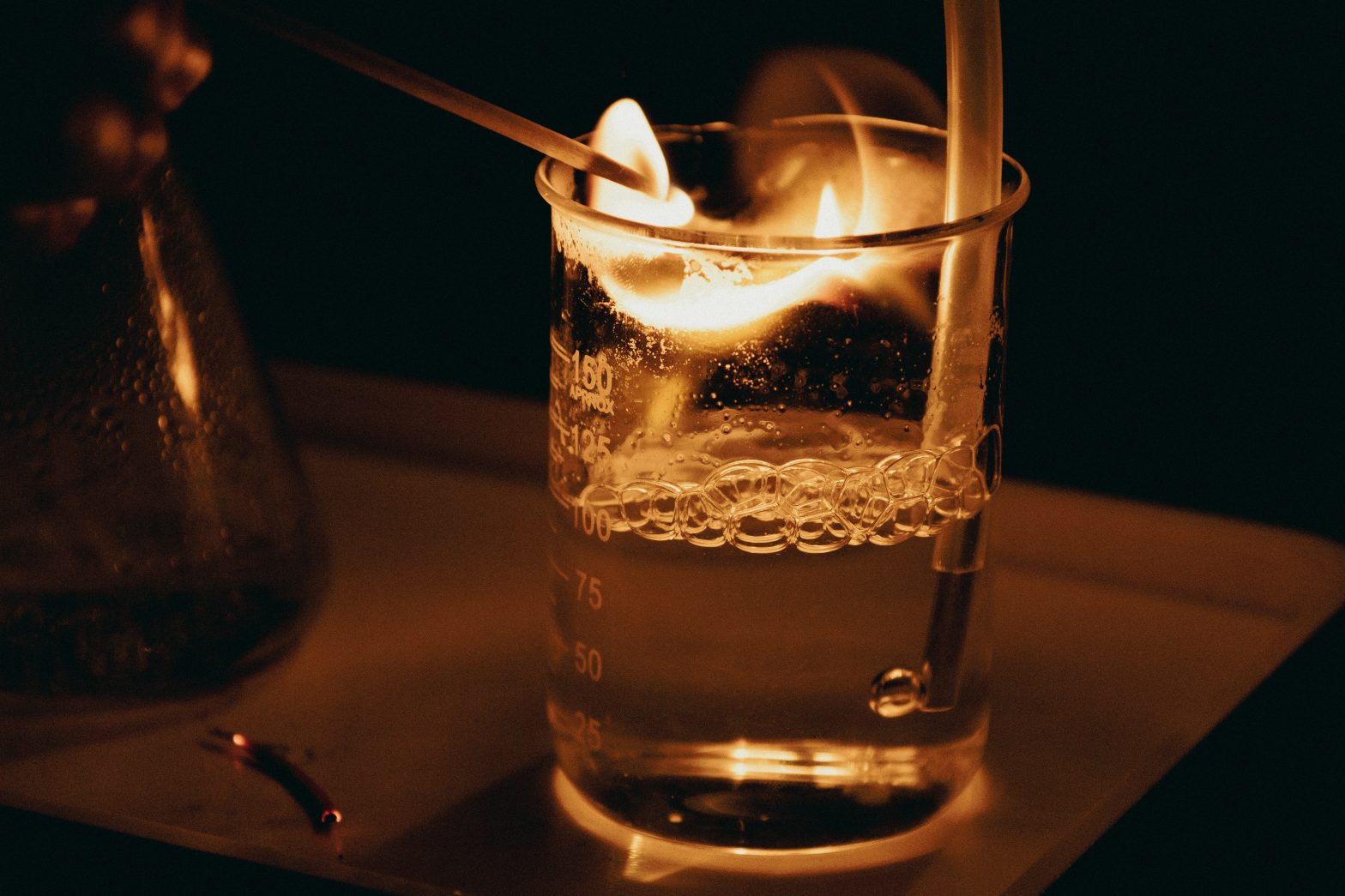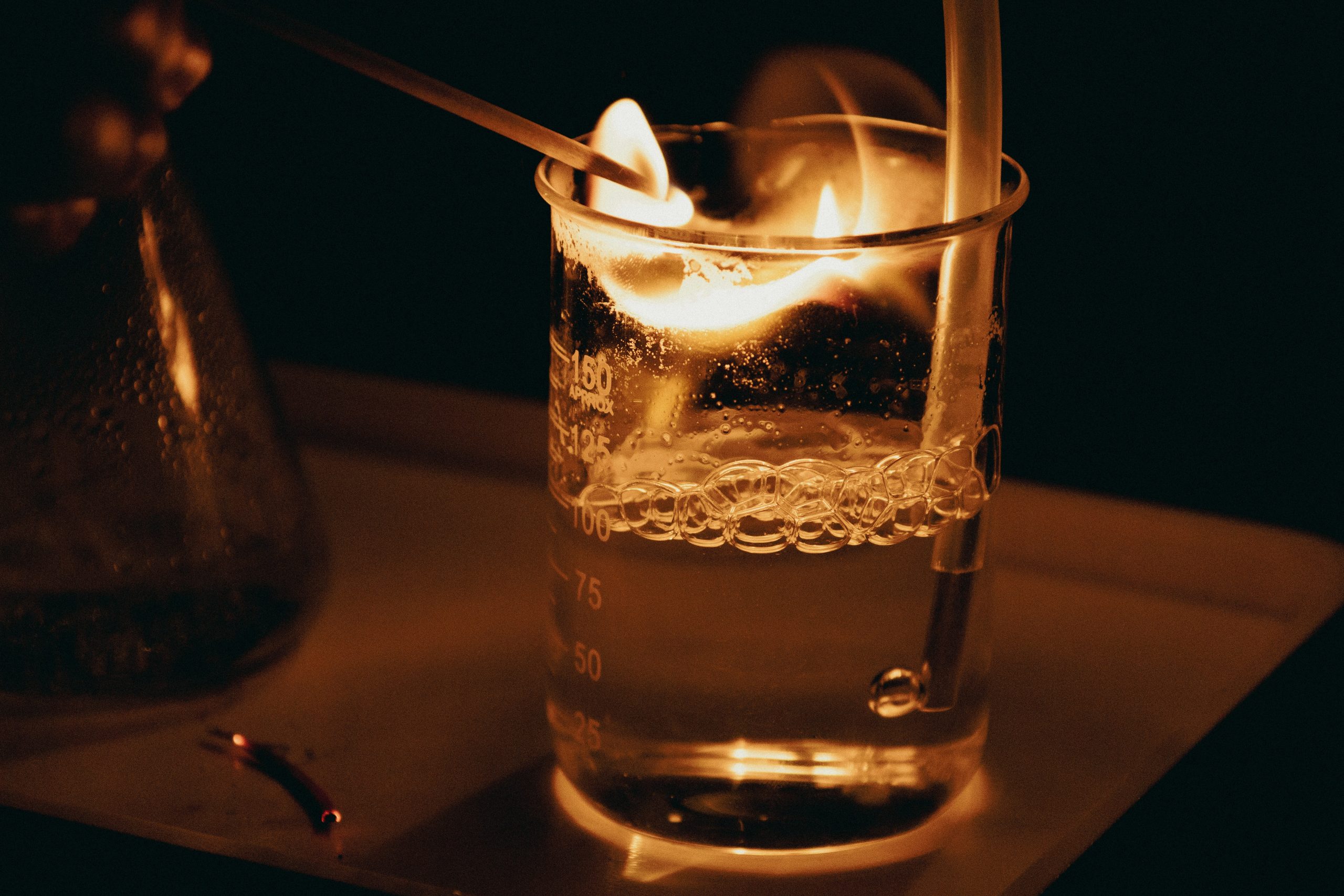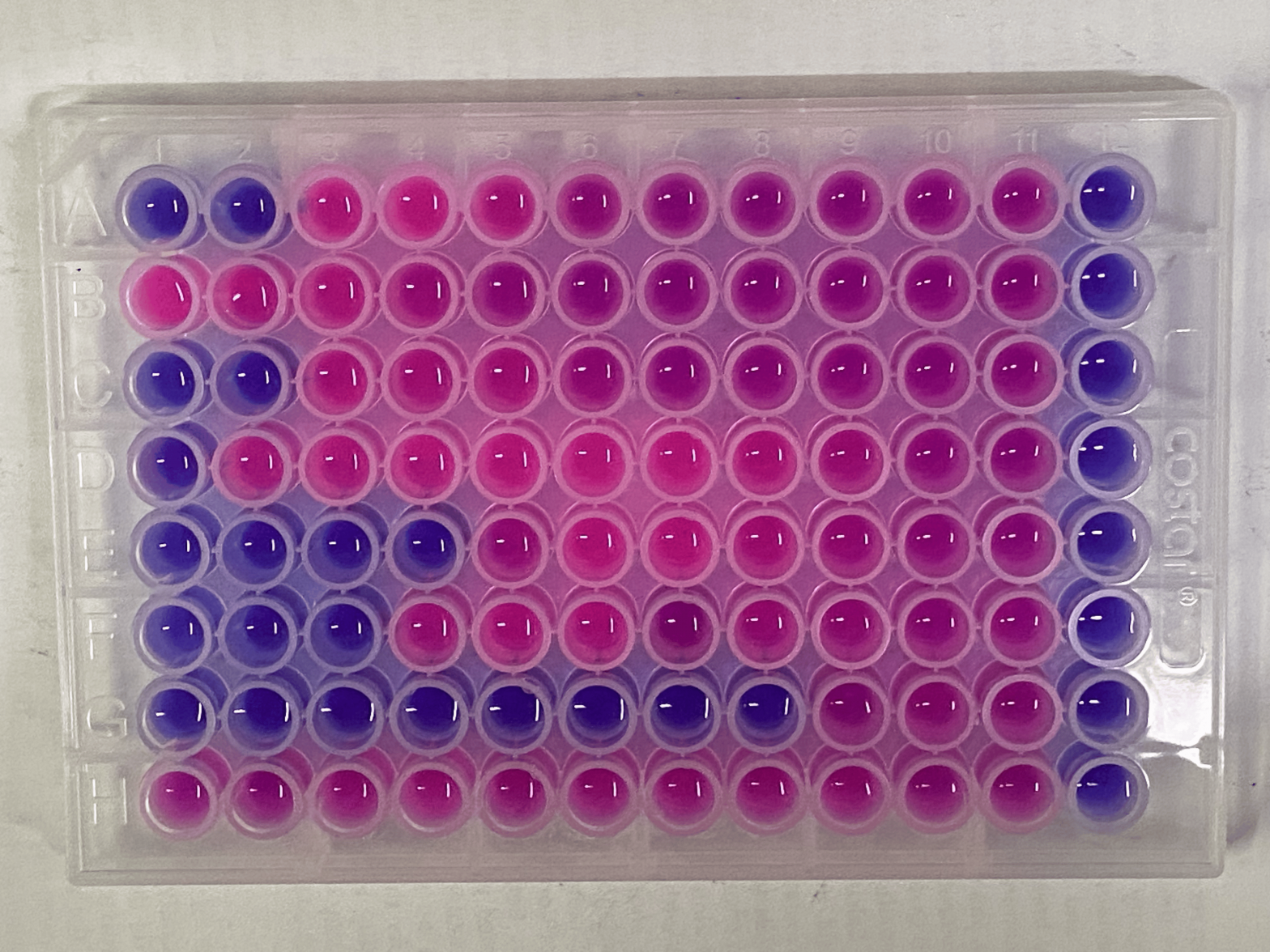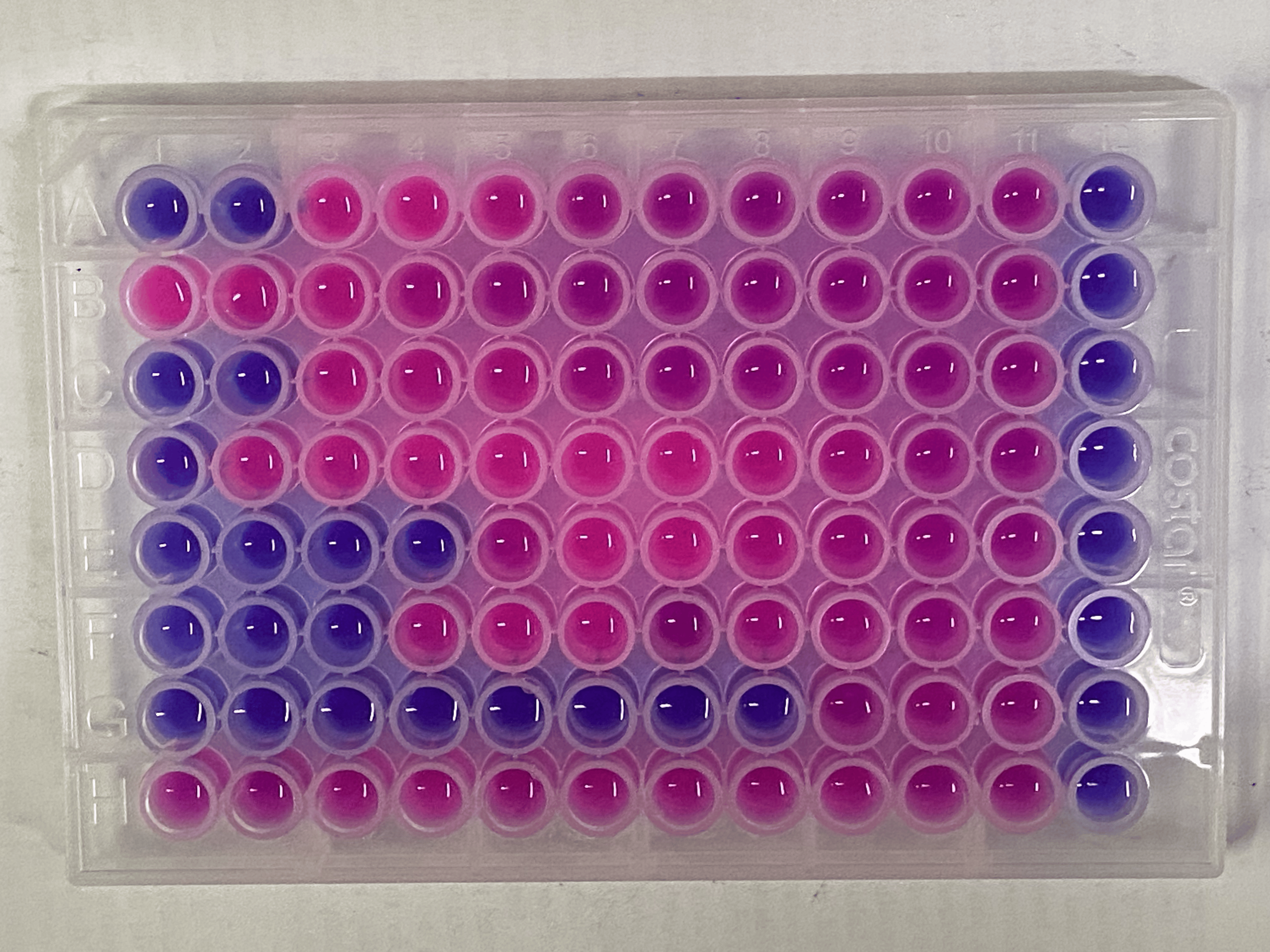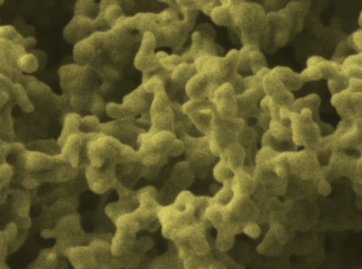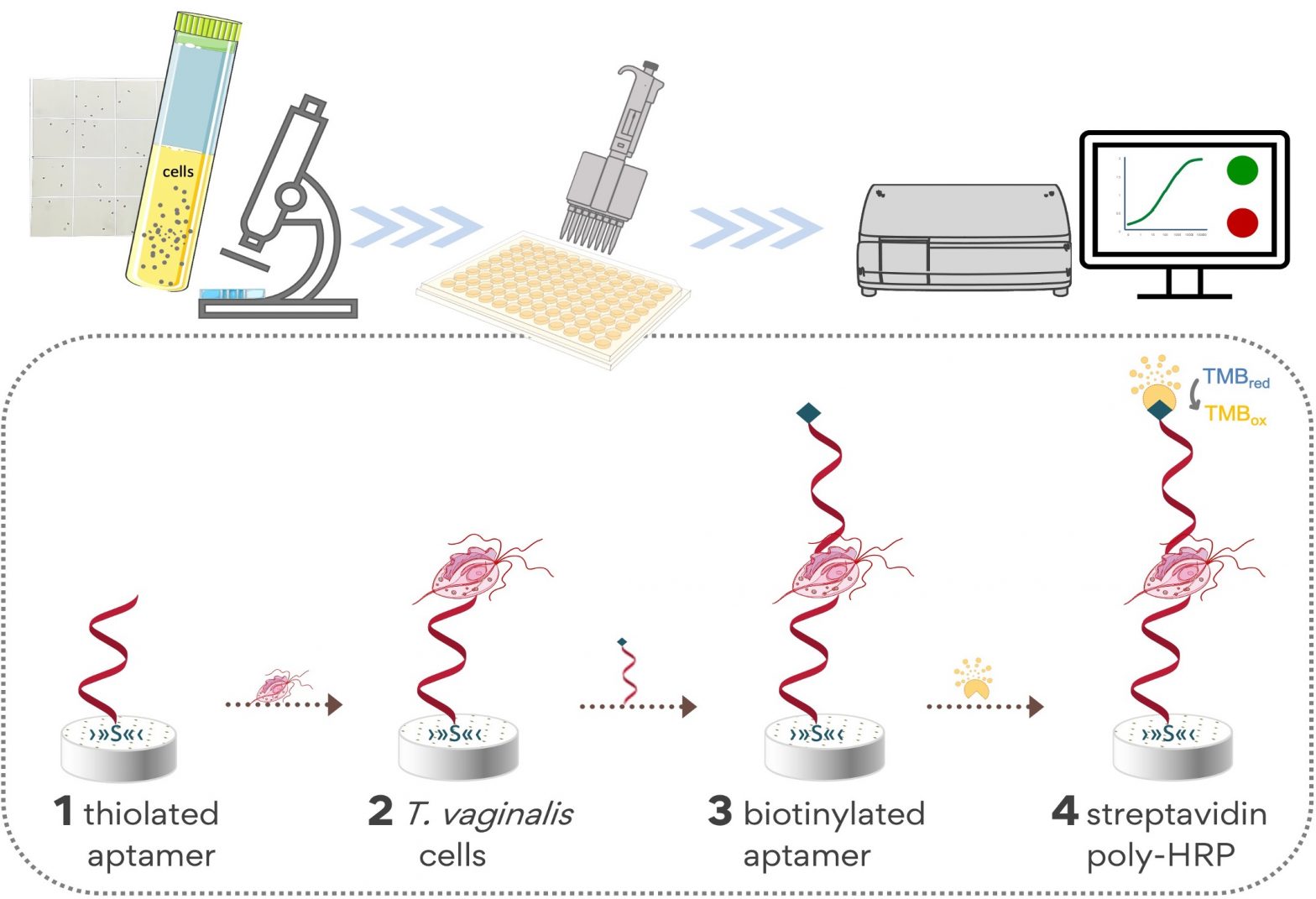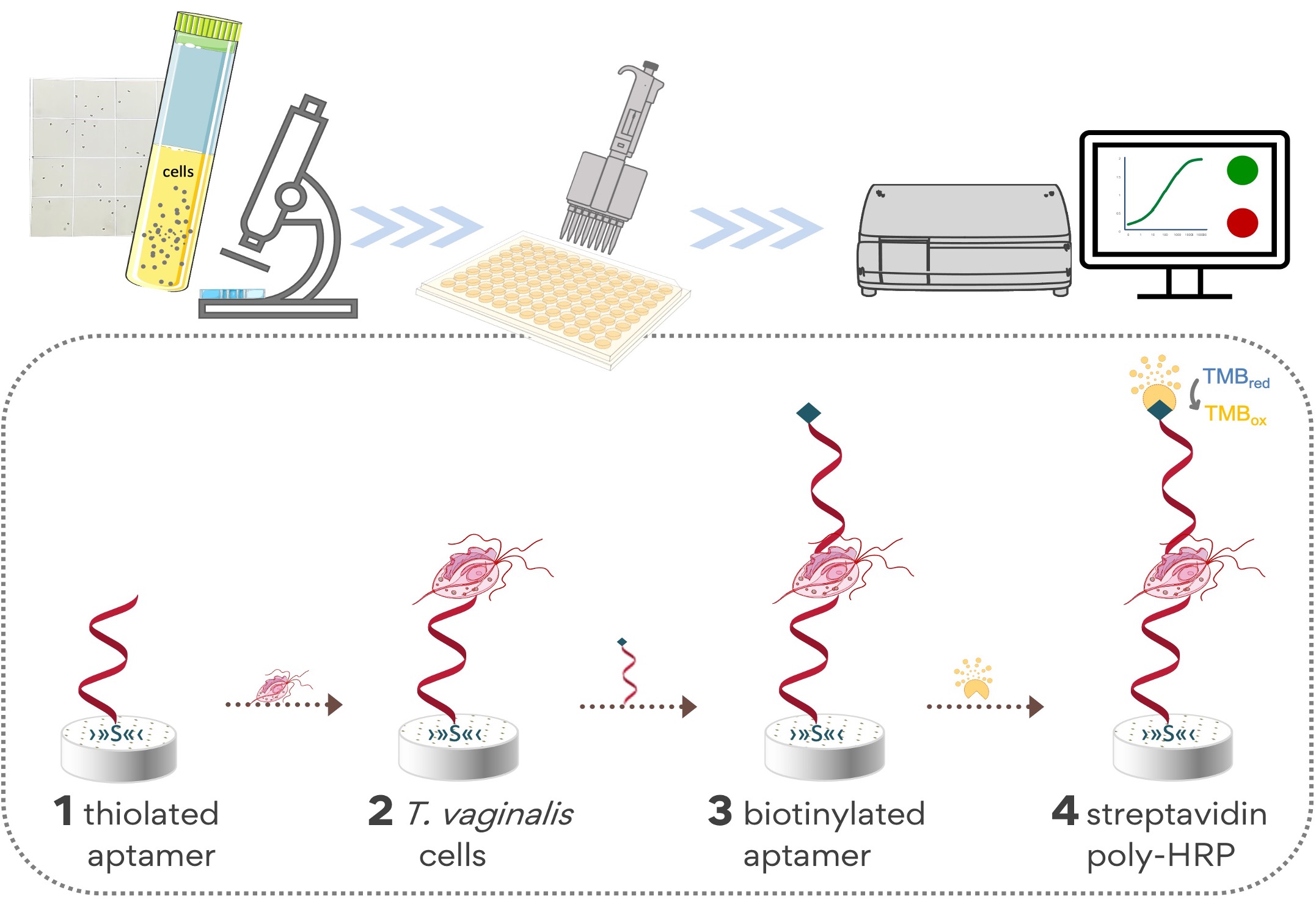UP Scientists Explore Marine Microbial Genomes from Mabini, Batangas
Published: May 15, 2025
By: Eunice Jean C. Patron
Submarine groundwater discharge (SGD) is a process in which groundwater from land seeps into the ocean, transporting freshwater, nutrients, metals, and even pollutants into marine ecosystems. The diverse microbial communities in these SGD sites make them hotspots for biological and chemical activity, playing a crucial role in maintaining ecosystem balance. Studying these microorganisms helps scientists not only understand their impact on marine ecosystems, but also explore their potential applications in medicine and biotechnology.
While studies have primarily focused on its geological and physico-chemical aspects, scientists from the University of the Philippines – Diliman College of Science (UPD-CS) conducted the first detailed microbial genomic study of an SGD site in the country, uncovering the diversity and potential roles of microbial communities in Mabini, Batangas.
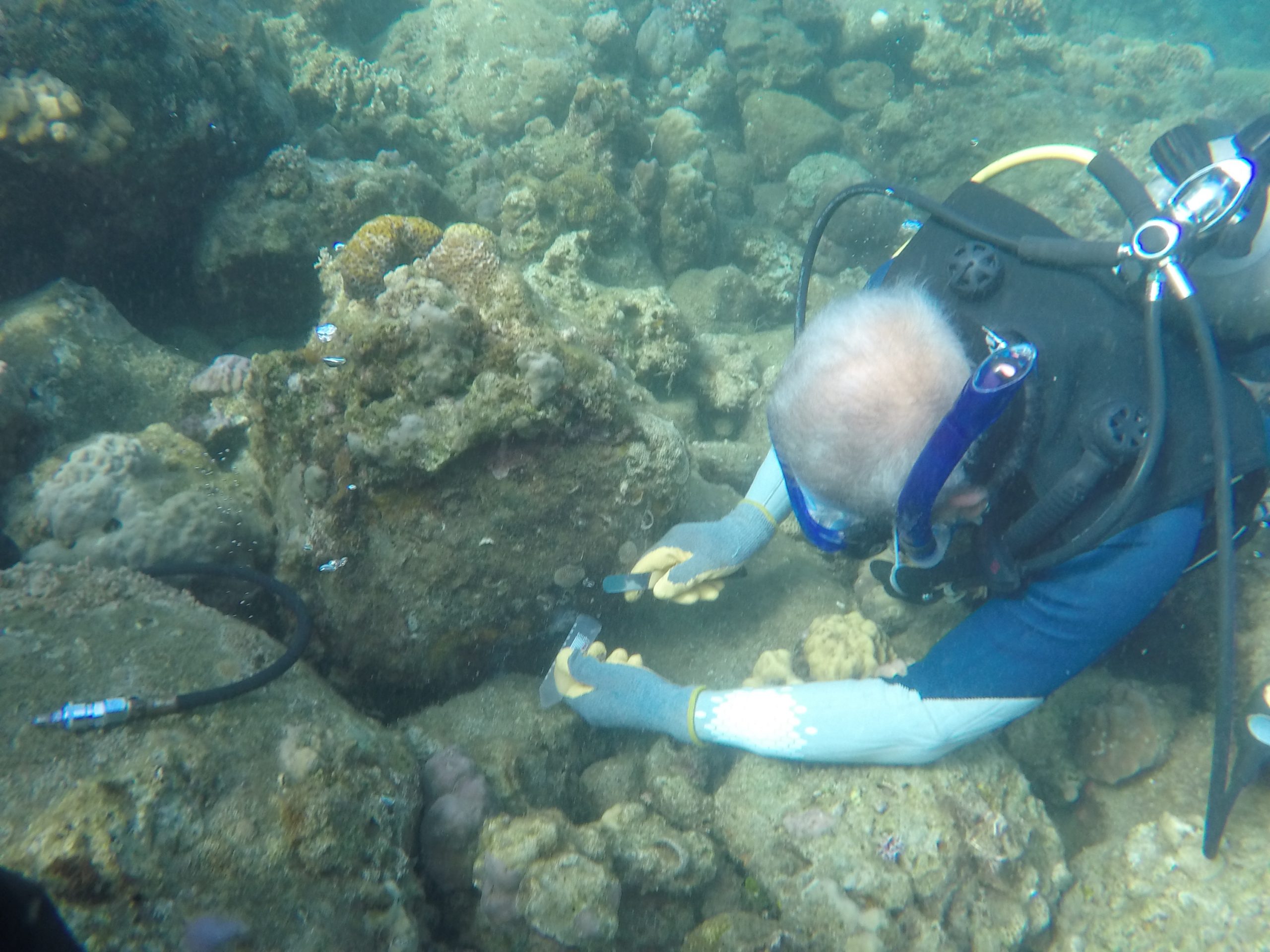
Joshua Veluz, Paul Christian Gloria, Laurence Anthony Mallari, and Dr. Maria Auxilia Siringan of the Microbiological Research and Services Laboratory (MRSL) at the UPD-CS Natural Sciences Research Institute (NSRI), along with Ann Elizabeth Enova of the UPD-CS Marine Science Institute (MSI), reconstructed 17 metagenome-assembled genomes (MAGs) from microbial mats collected in Acacia, Mabini, Batangas. MAGs are genomes assembled from environmental samples without the need for cultivation and isolation.
“Our findings reveal diverse bacterial genomes with functional genes related to nutrient cycling, potentially supporting marine ecosystem health,” the researchers explained in an interview. Additionally, they identified biosynthetic gene clusters (BGCs) associated with the production of bioactive compounds. These BGCs enable microbes to produce antibiotics, anticancer agents, and other bioactive metabolites.
Their study underscores the vital role of microbial ecosystems in SGD sites, particularly in sustaining marine biodiversity and driving biogeochemical cycles. It also emphasizes the potential of these microbes to address the global demand for new antimicrobial agents.
“The baseline information and insights generated through our study are essential references in developing and establishing policies and regulations on environmental protection of our marine resources, such as those found in SGD-influenced sites in Mabini, Batangas,” the researchers said. They added that they also presented their findings and project outcomes to an audience of over 50 people at the Mabini Tourism Office, emphasizing the biodiversity in SGD-associated sites and providing recommendations. The meeting attendees included Mabini’s local government officials, tourism industry representatives, divers, and Bantay-Dagat members.
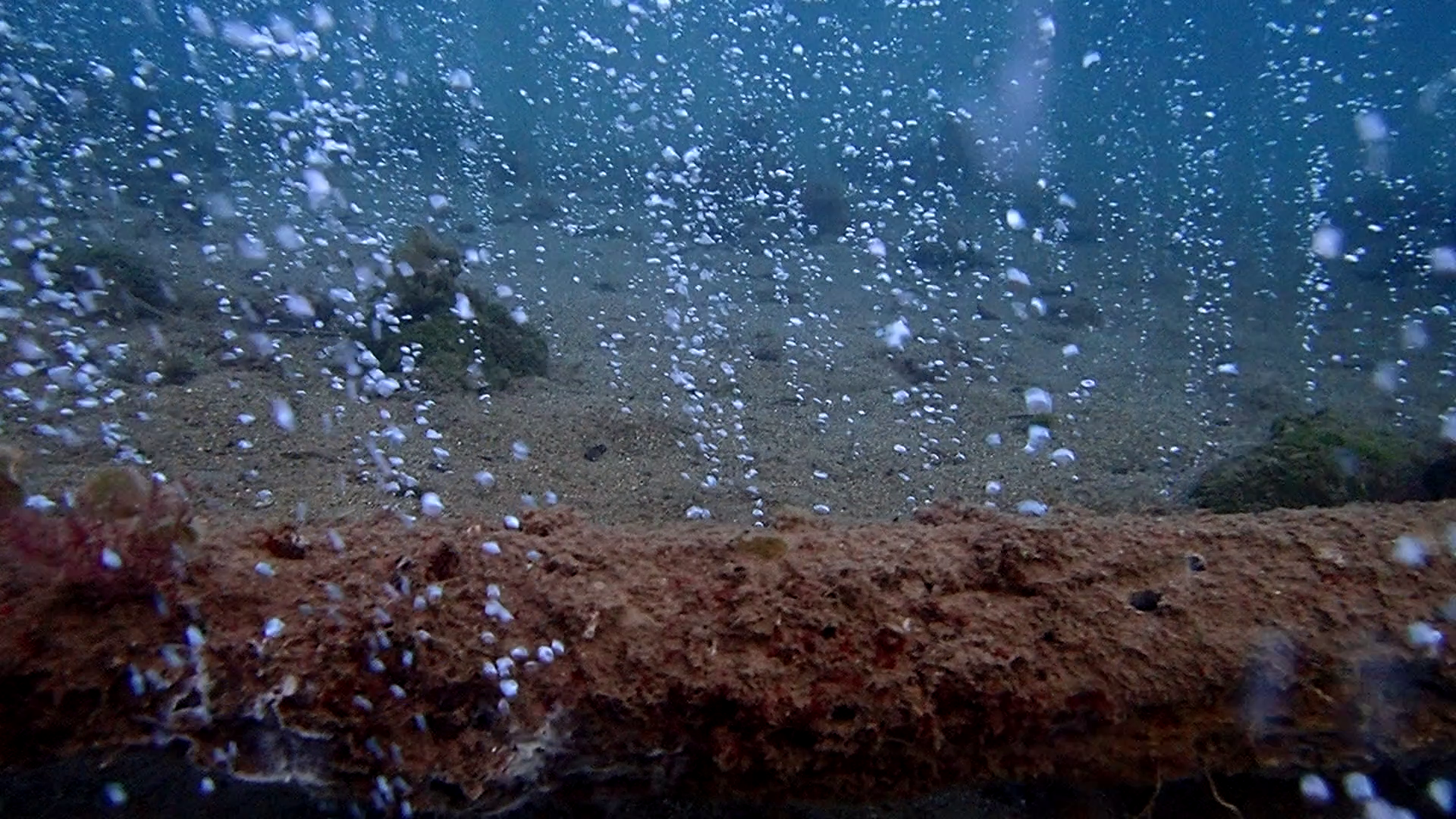
“We are currently working on publishing the metagenomic data from other sampling sites, which will allow for broader comparisons across different SGD environments,” they shared. “We also aim to publish metabarcode data from these sites, which will provide a more comprehensive picture of bacterial diversity in SGD-influenced habitats.”
The paper, titled “MAGnificent microbes: metagenome-assembled genomes of marine microorganisms in mats from a Submarine Groundwater Discharge Site in Mabini, Batangas, Philippines,” was published in Frontiers in Marine Science, which features research on marine species, ecosystems, and processes as well as human interactions with, and impacts on, ocean environments.
This research is also one of the major outputs of MRSL’s three-year project, Probing Microbial Diversity in Submarine Groundwater Discharge (SGD) Areas, under the program, “Biodiversity and Resilience of Coral Reefs and Associated Ecosystems in Submarine Groundwater Discharges Areas (BioRe CoARE SGD)”, funded by the Philippine Council for Agriculture, Aquatic and Natural Resources (PCAARRD) of the Department of Science and Technology (DOST).
References:
Veluz, J. T., Gloria, P. C., Mallari, L. A., Enova, A. E., & Siringan, M. A. (2025). MAGnificent microbes: Metagenome-assembled genomes of marine microorganisms in mats from a submarine groundwater discharge site in Mabini, Batangas, Philippines. Frontiers in Marine Science, 11. https://doi.org/10.3389/fmars.2024.1500350
For interview requests and other concerns, please contact media@science.upd.edu.ph.

